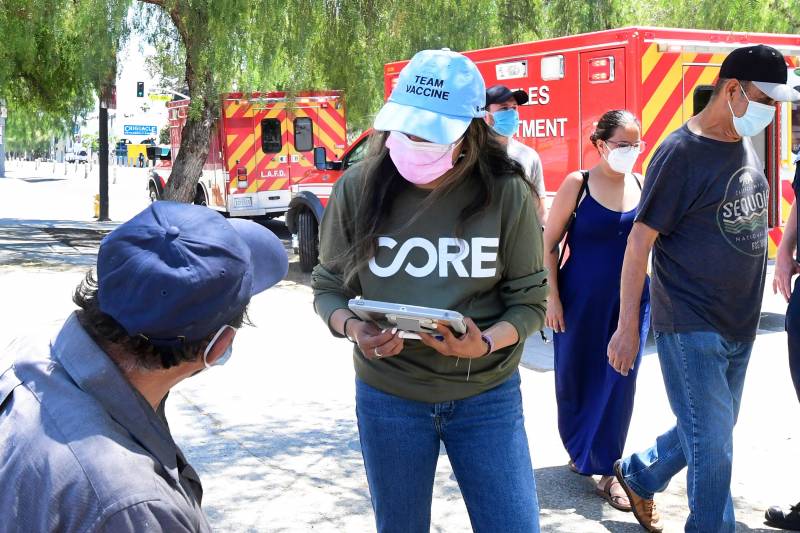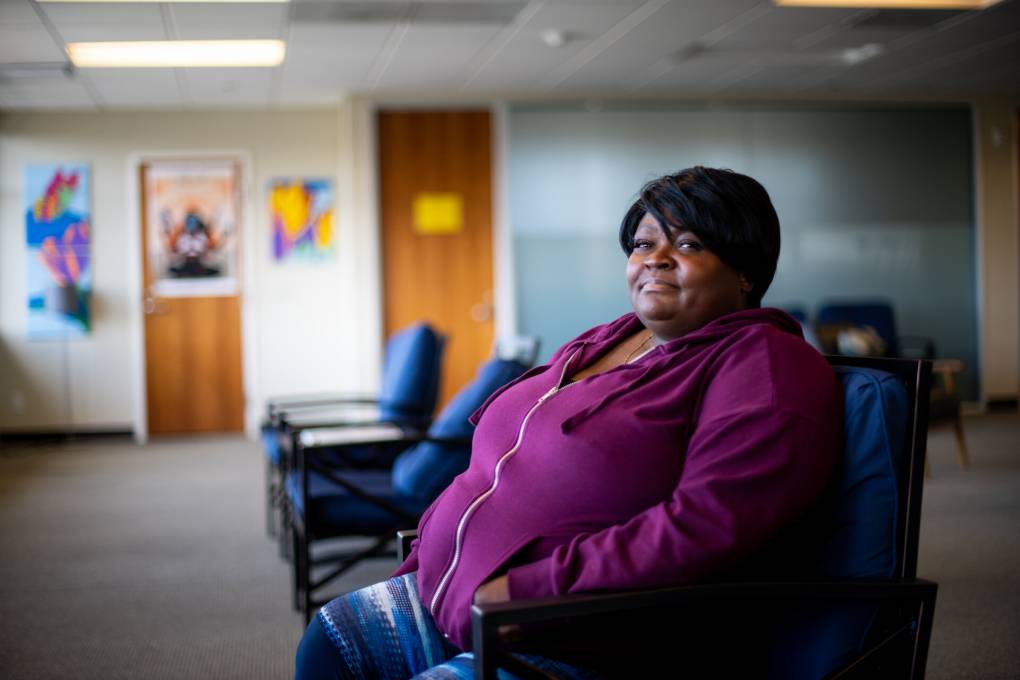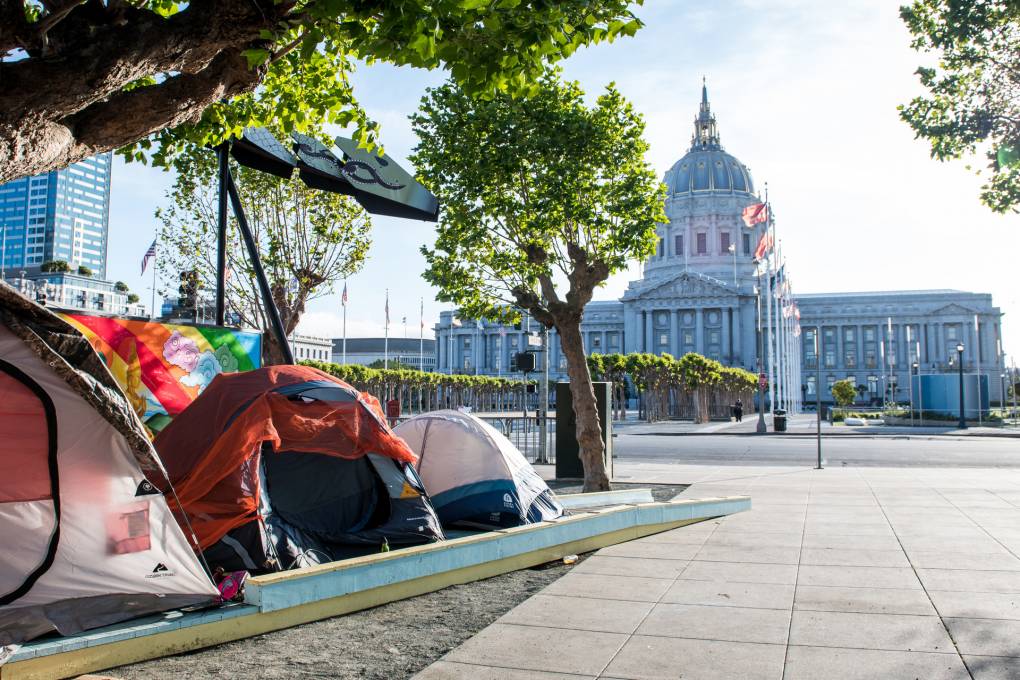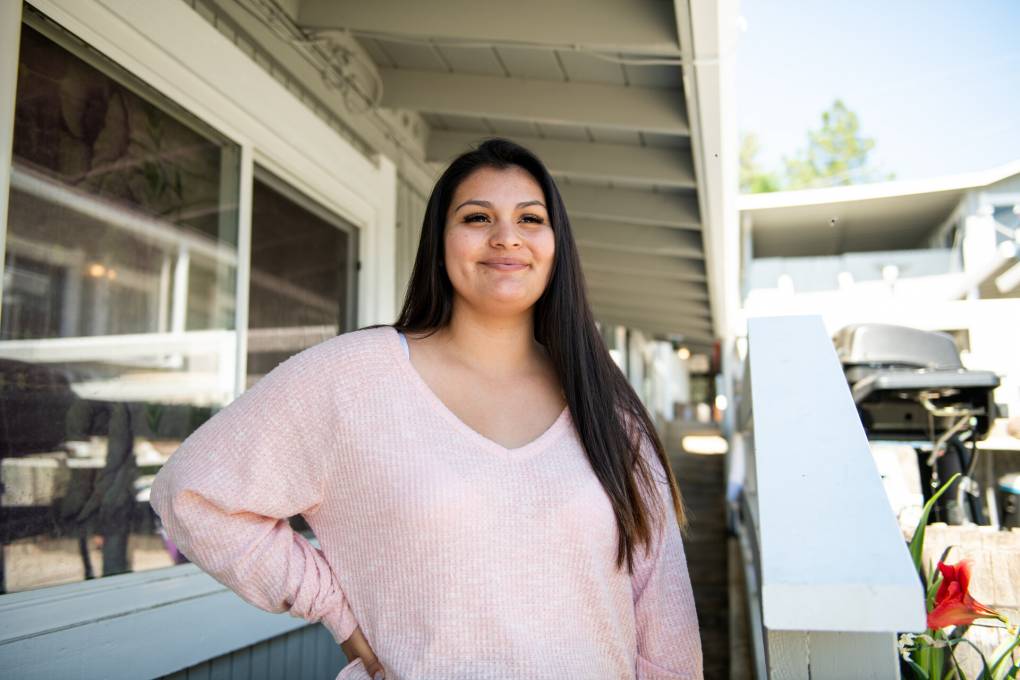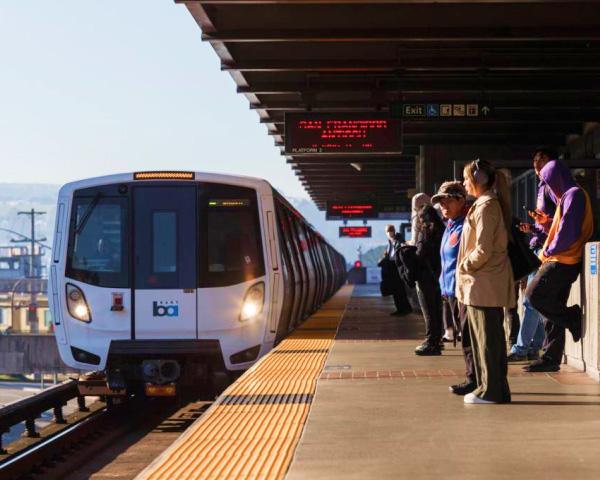Living unmedicated with schizophrenia and bipolar disorder, Eugenia Hunter has a hard time recalling how long she’s been staying in the tent she calls home at the bustling intersection of San Pablo Avenue and Martin Luther King Jr. Way in Oakland’s Uptown neighborhood. Craft coffee shops and weed dispensaries are plentiful here, and one-bedroom apartments push $3,000 per month.
“At least the rats aren’t all over me in here,” the 59-year-old Oakland native said on a bright August afternoon, stretching her arm to grab the zipper to her front door.
It was hot inside and the stench of wildfire smoke hung in the air. Still, after sleeping on a nearby bench for the better part of a year, she felt safer here, Hunter explained as she rolled a joint she’d use to ease the pain from also living with what she said is untreated pancreatic cancer.
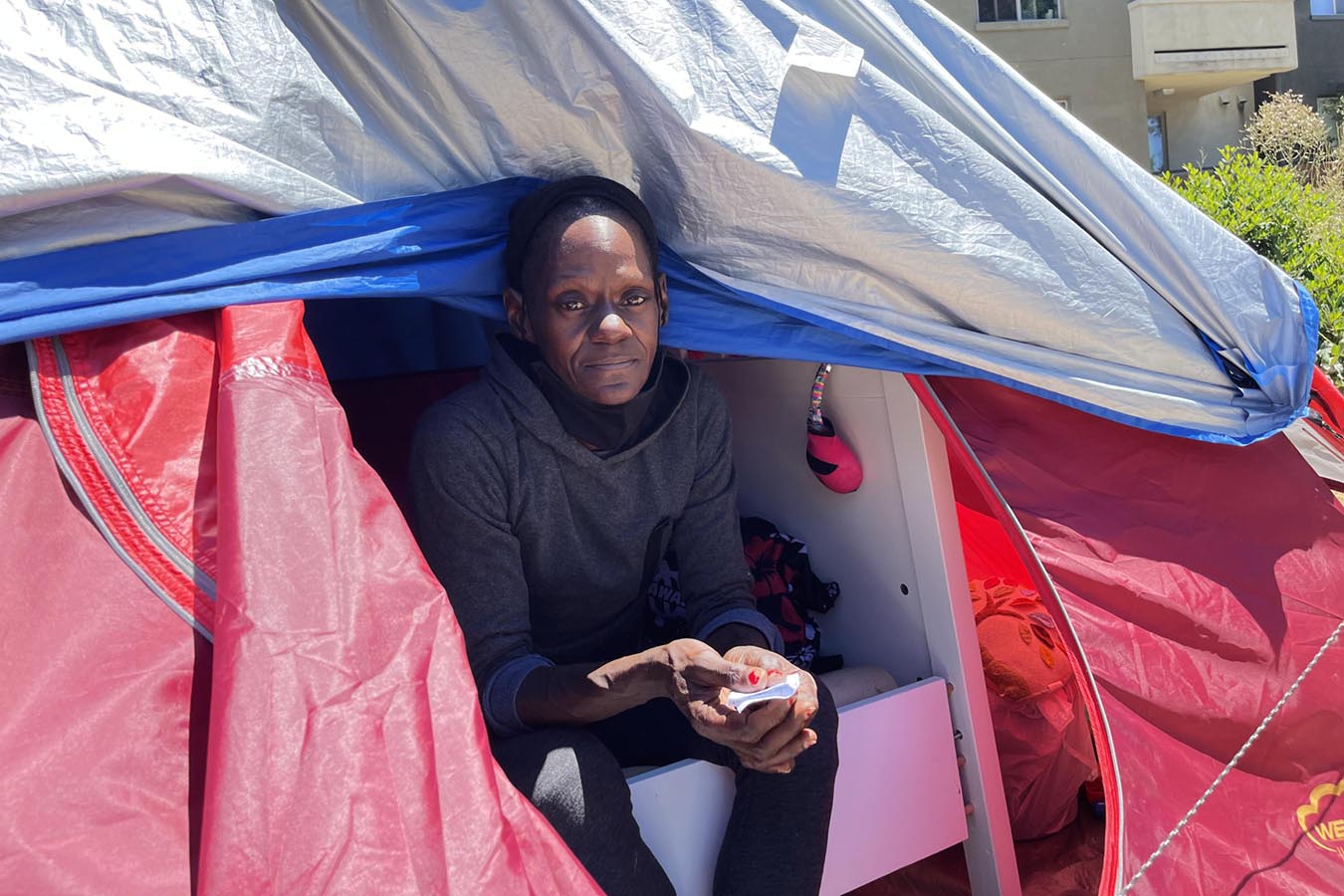
Hunter has been hospitalized repeatedly, including once last summer after she overdosed on alcohol and lay unconscious on a sidewalk until someone stopped to help. But she is reluctant to see a doctor or use Medi-Cal, California’s health insurance program for low-income and disabled people, largely because it would force her to leave her tent.
“My stuff keeps on getting taken when I’m not around and, besides, I’m waiting until I got a place to live to start taking my medication again,” Hunter said, tearing up. “I can’t get anything right out here.”
Hunter’s long and complex list of ailments, combined with her mistrust of the health care system, make her an incredibly difficult and expensive patient to treat. But she is exactly the kind of person California intends to prioritize under an ambitious experiment to move Medi-Cal beyond traditional doctor visits and hospital stays into the realm of social services.
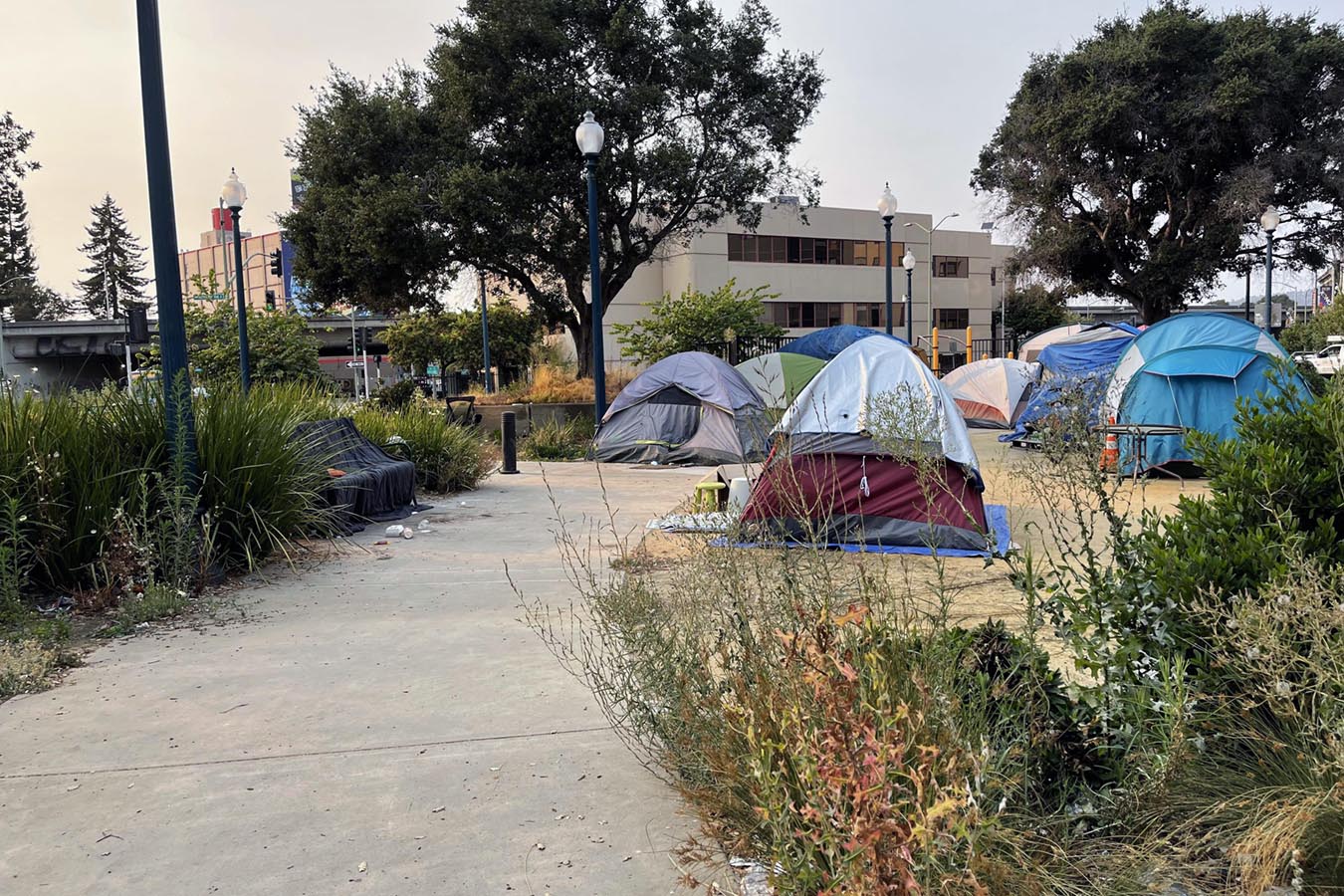
Under the program, vulnerable patients like Hunter will be assigned a personal care manager to coordinate their health care treatments and daily needs, like paying bills and buying groceries. And they will receive services that aren’t typically covered by health insurance plans, such as getting security deposits paid, receiving deliveries of fruits and vegetables, and having toxic mold removed from homes to reduce asthma flare-ups.
Over the next five years, California is plowing nearly $6 billion in state and federal money into the plan, which will target just a sliver of the 14 million low-income Californians enrolled in Medi-Cal: unhoused individuals or those at risk of losing their homes; heavy users of hospital emergency rooms; children and seniors with complicated physical and mental health conditions; and people in — or at risk of landing in — expensive institutions like jails, nursing homes or mental health crisis centers.
